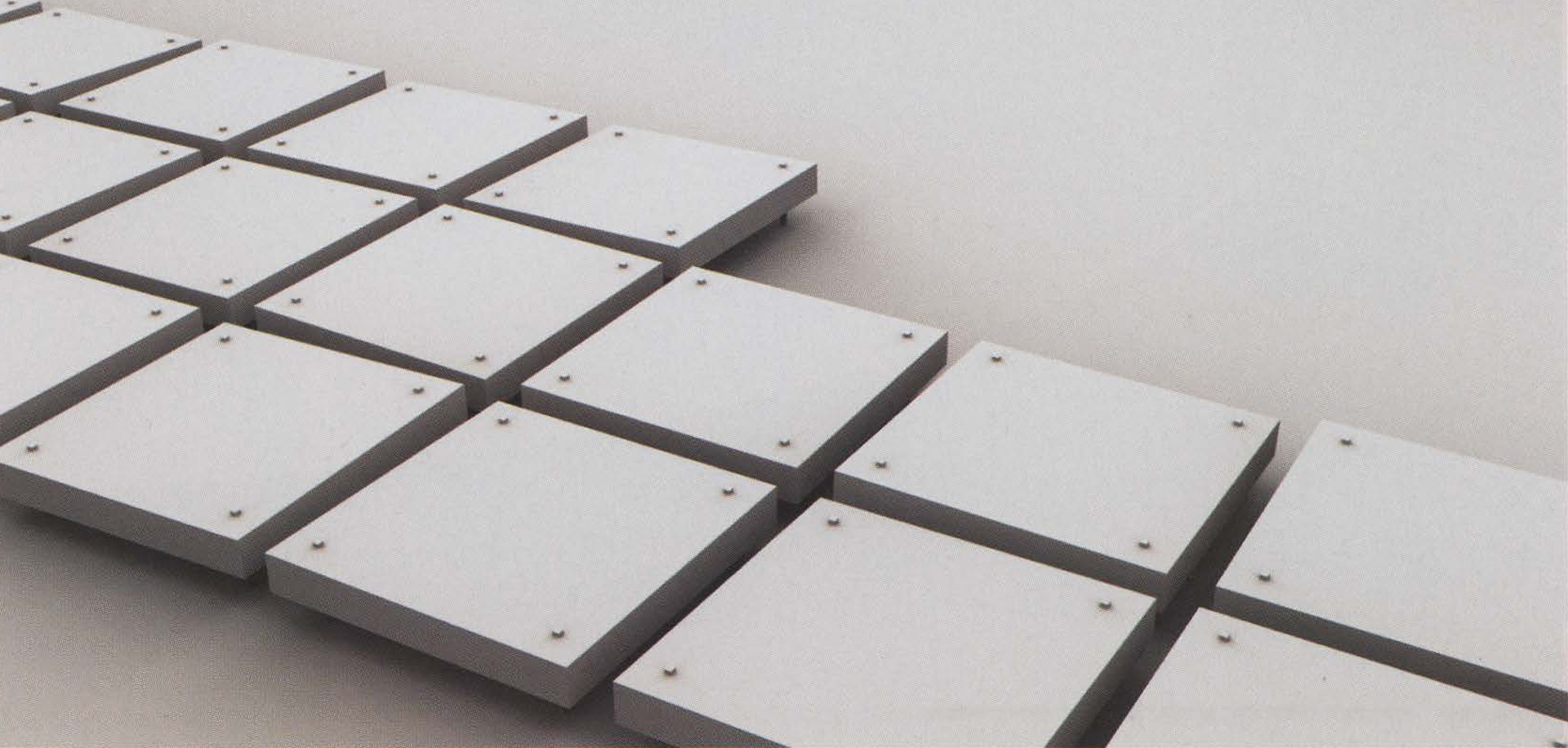Floyd Gillis: seri_A_G1
Artist(s):
Title:
- seri_A_G1
Exhibition:
Creation Year:
- 2004
Medium:
- Archival inkjet - 1 of 1 O limited edition print
Size:
- 26 inches x 15 inches
Category:
Artist Statement:
While growing up in Vancouver’s West End during the 1960s, my neighborhood of two- and three-story wood frame houses was being torn down and replaced by high-rise concrete apartment buildings. I loved it. To me, it was as if whole city blocks were being transformed into massive sculpture installations, with each piece soaring hundreds of feet high. By the late ?Os and early 80s most of my personal work consisted of pen-and-ink and color-wash drawings of complex geometric compositions. I always viewed these pieces as frozen moments in time when moving geometric elements had coincidently come together to form a dynamic interaction. Although it was labor intensive and extremely time consuming, I used this technique in 1980, while attending the Nova Scotia College of Art and Design, to create a rather successful animated short film titled, appropriately, “Perspectives.” In 1981, I was introduced to serious computer graphics and animation through Jerry Barenholtz’s GRAX software running on Evans & Sutherland computer systems at Simon Fraser University. From that moment, I was obsessed with computer graphics and the potential of creating images and animations using computers. Attending my first SIGGRAPH conference in 1982 strongly reinforced that obsessionI had already received first-half funding from the Canada Council for my next hand-drawn animated film, but I ended up spending all the money on a PC so I could immerse myself in graphics programming. This led to a two year collaboration in improvised music and live computer-animated performances with Canadian musician/composer John S. Gray at Toronto and Halifax art galleries and performance spaces. It also led to 22 years of full-time commercial CG work at Vertigo Computer Imagery, Omnibus Computer Graphics, and finally my own New York commercial CG facility, AFCG, Inc. My current personal work echoes those pen-and-ink compositions of the late ?Os and early 80s. I consider a piece complete when elements have been combined to form a dynamic composition that not only continues to move on the page, but also recalls those early feelings of immersion within massive, neighborhood filling, concrete sculptural pieces. The process of creating a successful image calls for an extensive exploration of composition and lighting arrangements, and tends to be almost wholly intuitive. Having worked with 30 graphics software for almost 24 years, the physical process of working with computers has become comfortably transparent.
Technical Information:
The 30 models, scene composition, lighting, and shading elements for this image were created with the Houdini software package from Side Effects Software. The scene was rendered with Houdini’s MANTRA renderer using “radiant,” a pseudo-radiosity shader written by “anonymous” and posted on the OdForce.net web site. The final image was output as a tiff file at a resolution of 4096 x 2048. The hardware used to compose and render the final image was a Dell Precision 340 running the Red Hat Linux operating system.





